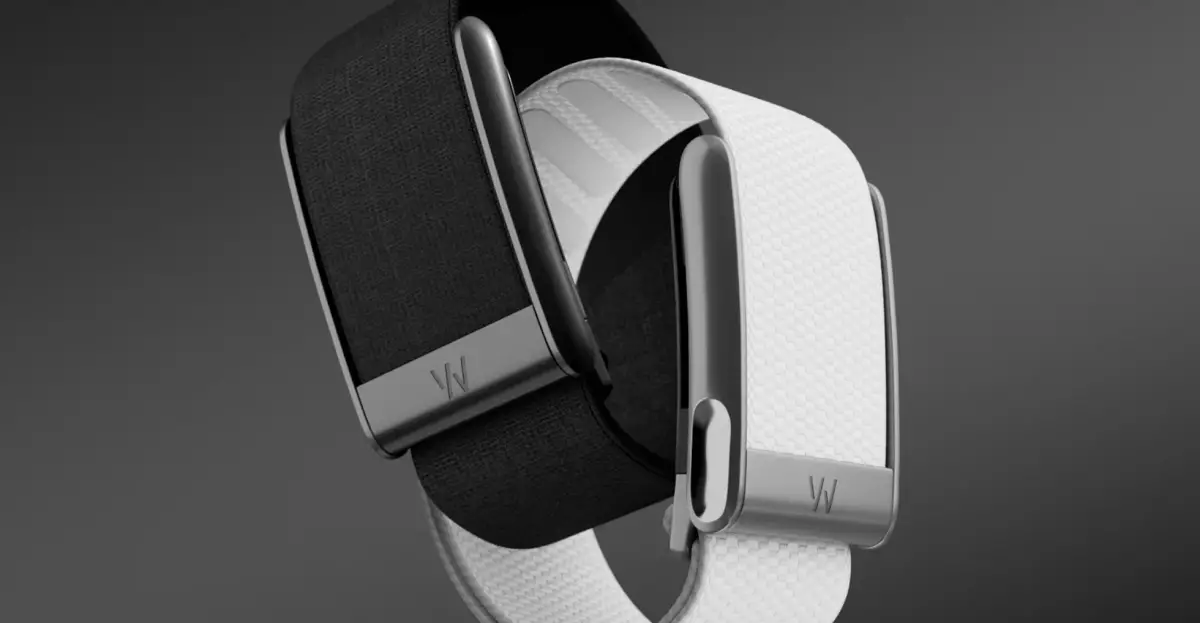In the ever-evolving space of fitness technology, Whoop has taken significant strides with its latest release, the Whoop MG, or “Medical Grade” tracker. However, contrasting expectations, user reports reveal glaring issues that stakeholders cannot ignore. Users have experienced unresponsive trackers almost immediately after their set-up, raising questions about the device’s reliability and the integrity of the company’s product management. In an era where precision in health metrics is paramount, these initial setbacks could tarnish Whoop’s reputation and consumer trust.
Unresponsive Devices: A Widespread Concern
The complaints from Whoop MG users have been relentless, with reports of devices becoming unresponsive in less than an hour, often right out of the box. A poignant example emerged from a user on May 11, who lamented that their tracker quit functioning overnight after a mere eight hours of usage. As the chatter intensified in online forums, it became evident that this was not an isolated incident. Instead, a worrying pattern unfolded, with some users experiencing a similar fate within mere minutes of activating their devices. The rapid onset of these issues signifies potential flaws in Whoop’s quality control processes and raises eyebrows regarding the durability of the product after hefty investment.
Company Response: Proactive but Problematic
In response to the mounting dissatisfaction, Whoop has adopted a rather unusual approach — proactively replacing devices, sometimes even before users detect a problem. While on the surface, this action seems customer-centric and responsive, it raises questions about the company’s confidence in its product. There’s an irony in a company having to replace devices that are reportedly functional, striking a challenging narrative on how Whoop defines reliability. In a fast-paced digital landscape, such measures can be seen as an acknowledgment of anticipated failures, leaving both current and potential users skeptical about the tracker’s longevity.
Market Dynamics: Reputation at Stake
The Whoop MG’s turbulence didn’t end with hardware issues. The launch period has coincided with dissatisfaction regarding subscription policies. Only recently, users expressed outrage over an unexpected hike in upgrade requirements, necessitating a 12-month commitment rather than the previously accepted six-month buffer for the Whoop 4.0 upgrade. Initially dismissed as a mere blip, Whoop swiftly backtracked when consumer backlash mounted, reinstating the former policy to quell the unrest. This oscillation in strategy not only indicates the company’s struggle to manage expectations but also highlights the delicate balance between innovation and customer satisfaction.
User Communities: A Double-Edged Sword
The active user communities on platforms like Reddit showcase a double-edged sword for Whoop. While they serve as a forum for shared experiences, frustrations, and troubleshooting advice, they also amplify negative sentiment rapidly. One cannot overlook the power dynamics at play; one misstep can quickly escalate into a broader narrative that could harm Whoop’s market integrity. The feedback loop, facilitated by social media, can accelerate the spread of adverse sentiments that potentially deter new customers keen on trusting a product touted as essential for their health optimization routine.
The Implications of User Trust
At its core, Whoop’s challenges highlight a fundamental truth in consumer technology: user trust hinges precariously between brand promise and product delivery. The fallout from unresponsive devices, customer service processes that seem reactive rather than proactive, and unstable subscription policies could leave a lingering effect on customer loyalty. As fitness enthusiasts increasingly eschew brands that fail to deliver consistent quality, Whoop must grapple realistically with the consequences of these early missteps. Unless it addresses these critical pain points diligently, it risks becoming a cautionary tale rather than a celebrated innovator in fitness technology.

